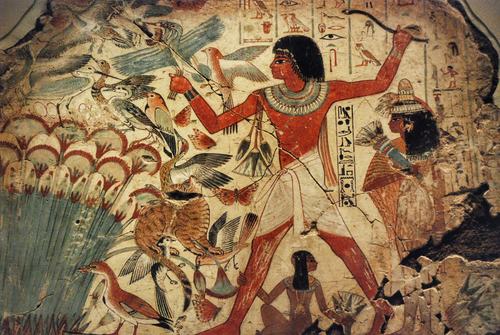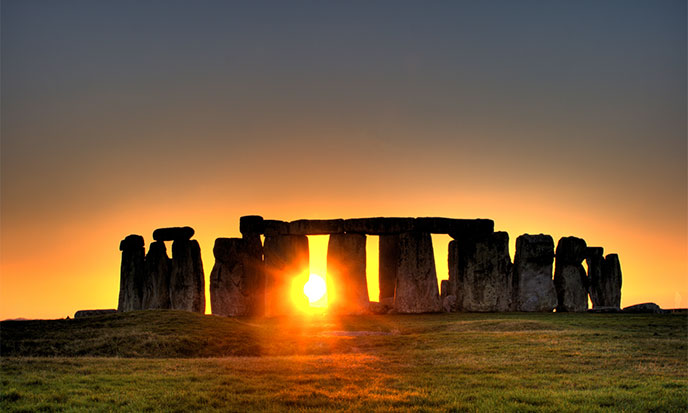At this point in time it’s almost impossible to know precisely how many people lived before us and while they have left evidence of vast civilisation behind, there are still plenty of archaeological mysteries which have remained unsolved to this day.
There is, without a doubt, much of the ancient world that we are as yet to uncover and fully comprehend and these four archaeological mysteries may remain unsolved for thousands of years to come.
Lost Labyrinth of Ancient Egypt
Greek historian Herodotus wrote in 5th century BC of a colossal temple said to contain 3,000 rooms full of hieroglyphs and paintings – “this I have actually seen, a work beyond words…this labyrinth… Even the pyramids are beyond words, yet the labyrinth surpasses even the pyramids”.
Herodotus was not the only one who spoke of the labyrinth, as there have been detailed and consistent descriptions from multiple sources, yet today nothing remains of this grand temple complex.
Archaeologists have been searching for the exact location of the lost labyrinths for many years, which finally culminated in the most recent Mataha expedition – however it still remains to be uncovered.
Unknown Burial Place of Alexander the Great
While ancient historian Diodorus wrote that Alexander the Great’s body was mummified and placed in a golden sarcophagus, his final burial place still remains a mystery today.
Said to have then been placed in another golden casket – much like the luxurious spending seen on NZ sports betting – and transported by wagon to his final burial site which was meant to be the Temple of Amun at Siwa in Egypt, Ptolemy – a close confident of Alexander and a general in his army – reportedly met the convoy en route and proposed that Alexander be buried in Alexandria instead.
However, irrespective of what really happened all those years ago, the final resting place of Alexander the Great has never been found.
The Nazca Lines of Peru
The geoglyphs of Nazca span an almost inconceivable area of 450km2 and are located 400km south of Lima in the arid Peruvian coastal plain. These geoglyphs are amongst archaeology’s greatest mysteries owing to their nature, size, quantity, and continuity and depict living creatures, stylised plants, and imaginary beings, as well as geometric figures several kilometres in length.
The most startling feature of the Nazca lines is that they can only be truly appreciated from the air, raising even further questions surrounding why they were created in the first place.

Derinkuyu in Cappadocia
Extensive networks of underground tunnels and even entire cities spanning hundreds of kilometres of been discovered all over the world and Derinkuyu in Cappadocia, Turkey may very well be the largest underground city ever discovered to date.
Reaching as deep as 80m below the surface, Derinkuyu spans more than 8 levels and has over 600 entrances and exits to the surface.
Said to be constructed to protect civilisations from unrest above ground, the true function of these cities may never be truly understood or discovered and have become the subject of myth and legend on almost every continent.



